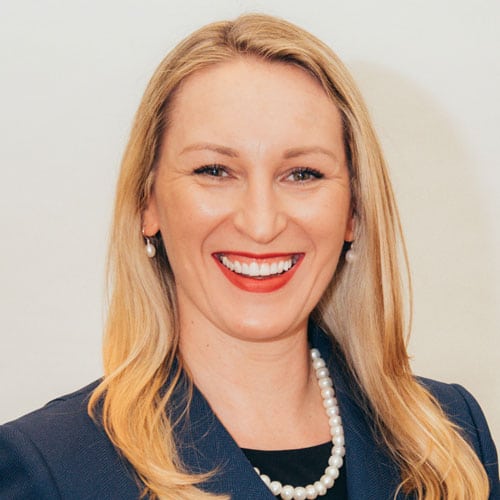A framework for measuring the ROI of coaching.
Your firm or practice group launched a business development coaching program for your lawyers. Congratulations! You are among many progressive firms that realize the value of coaching in helping attorneys develop their rainmaking skills.
But do you know how you will measure the program’s success?
When we ask firms this question, oftentimes we get a one-dimensional answer: “We’ll know it’s a success if program participants bring in new business.” But any lawyer who’s attempted it knows the business development process is anything but linear. Depending on the type of client, the industry, or the matter type, bringing in business may take months — and sometimes years. And since most coaching programs last six months to a year, such tangible results as originating new clients can happen after the program is over.
So how can firms determine whether the program is working and whether it’s worth the lawyers’ investment of time and the firm’s investment of money and resources?
Measuring the ROI of Your Firm’s Coaching Program
Measuring the ROI of coaching requires setting clear success metrics that take into account all the complexities and nuances of the legal business development process and the skills that underpin its success: clarity, consistency, and focus on relationships.
If you are ready to set your own success metrics for your coaching program, here are the steps to follow:
Step 1. Identify Key Organization Objectives and Key Segments
The first step to setting clear success metrics for your business development coaching program is to identify the broad areas of improvement that will be the focus of the program (organizational objectives) and who the program will include (key segments). Here we are answering the question: “For whom and in what areas do we want to see a change and improvement?” For example:
- Objective/Segment: Support a select group of non-equity partners in becoming more proactive and productive business developers.
Step 2. Determine the Coaching Program Initiatives
Once the organizational objectives and segments are defined, the next step is to determine the key initiatives for each. Here we are answering the question: “How will we accomplish our organizational objectives?” For example:
| Objective/Segment | Initiatives |
|---|---|
| “For whom and in what areas do we want to see a change / improvement?” | “How will we accomplish our organizational objectives?” |
| Support a select group of non-equity partners in becoming more proactive and productive business developers | ● Understand main obstacles to newer partners’ becoming effective rainmakers ● Improve partners’ effectiveness in identifying external and internal business development opportunities |
| Copyright © LeadWise Group, Inc. www.leadwisegroup.com | |
Step 3. Set Key Performance Indicators (KPIs) and Targets
A KPI is a measurable value that helps us understand whether results are being achieved. KPIs answer the question: “What will tell us whether we are achieving our objective?” A target is a level or benchmark we are aiming to achieve for our KPIs. A target answers the question: “What levels or benchmarks do we want to reach for the initiatives to be a success?”
Your KPIs and targets will depend on the objectives, segments and specific initiatives you choose. Though one type will remain consistent — the overall quality of the coaching program itself. This metric will be based on each participant’s feedback, which you can gather information via a survey at the end of the program.
| Objective/Segment | Initiatives | KPIs | Targets |
|---|---|---|---|
| “For whom and in what areas do we want to see a change / improvement?” | “How will we accomplish our organizational objectives?” | "What will we measure to understand whether we are achieving our objectives?" | "What levels or benchmarks do we want to reach for the initiatives to be a success?" |
| Support a select group of non-equity partners in becoming more proactive and productive business developers | ● Understand main obstacles to newer partners’ becoming effective rainmakers ● Improve partners’ effectiveness in identifying external and internal business development opportunities | ● Partners have clear business development goals and plans ● Partners have a clear system in how they approach their BD ● Partners are consistent in taking BD actions ● Partners are actively engaged in internal BD / sales (cross-selling) | ● Partners are able to articulate their top 3 goals and ideal clients ● Partners participate in BD activities on a weekly basis ● Partners increase their internal BD conversation by 35% |
Copyright © LeadWise Group, Inc. www.leadwisegroup.com |
|||
Armed with a clear understanding of your program’s objectives, initiatives, KPIs and targets, you can more effectively implement and measure the success of the program.
Illustration ©iStockPhoto.com
Subscribe to Attorney at Work
Get really good ideas every day for your law practice: Subscribe to the Daily Dispatch (it’s free). Follow us on Twitter @attnyatwork.

















